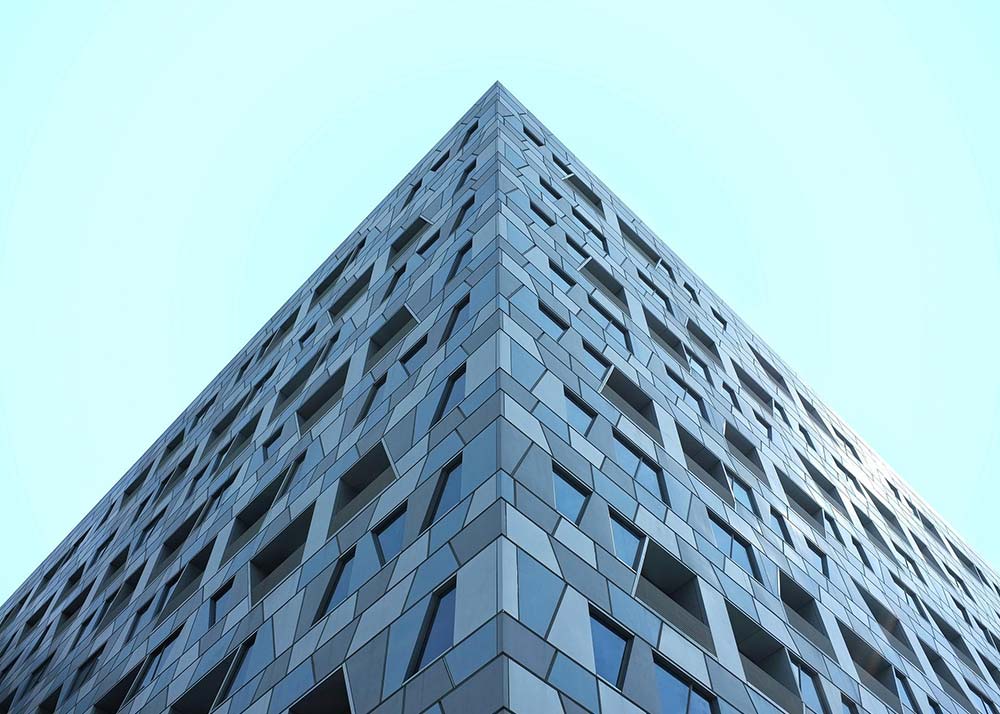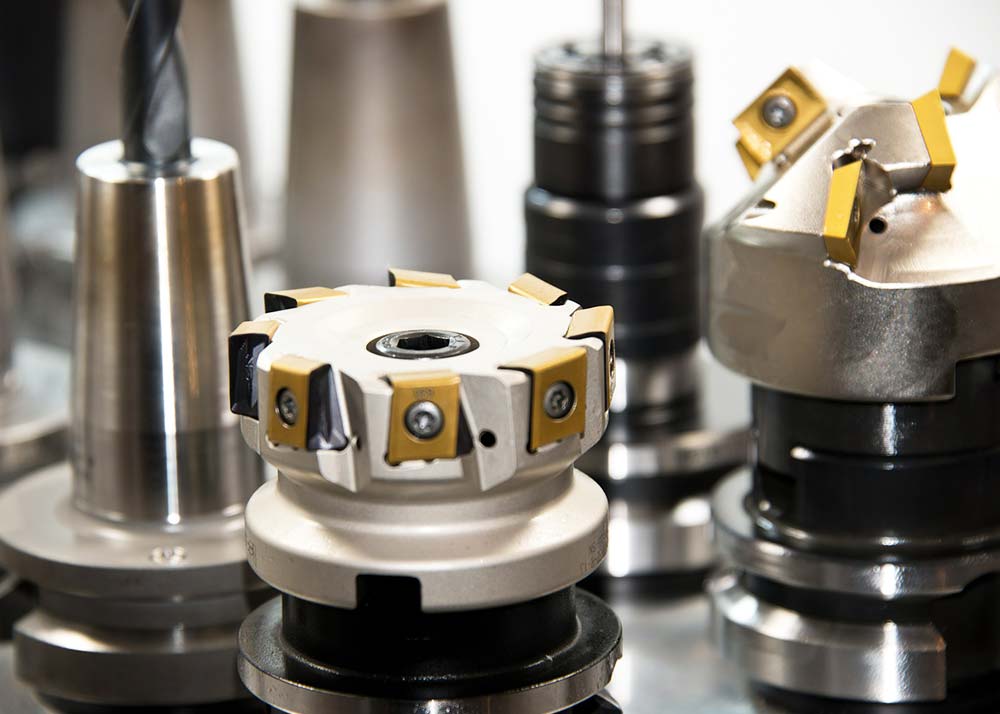Steel Building Construction
Steel Building Construction refers to the process of designing, fabricating, and erecting structures primarily made of steel. Steel buildings are widely used in industrial, commercial, residential, and institutional projects due to their strength, durability, and versatility. Below is a detailed overview of steel building construction, including its advantages, types, construction process, and applications.
Advantages of Steel Building Construction
Durability:
- Steel is strong, resistant to corrosion, and can withstand extreme weather conditions.
Speed of Construction:
- Prefabricated steel components allow for faster assembly compared to traditional construction methods.
Cost-Effectiveness:
- Reduced labor costs and material waste.
Design Flexibility:
- Allows for large, open spaces and customizable designs.
Sustainability:
- Steel is recyclable and eco-friendly.
Low Maintenance:
- Requires minimal upkeep over its lifespan.
Fire Resistance:
- Steel is non-combustible and meets stringent fire safety standards.
Types of Steel Buildings
Industrial Buildings:
- Factories, warehouses, and manufacturing plants.
- Large, open spaces for machinery and storage.
Commercial Buildings:
- Offices, shopping malls, and exhibition halls.
- Modern designs with large glass facades.
Residential Buildings:
- High-rise apartments, villas, and modular homes.
- Open floor plans and energy-efficient designs.
Institutional Buildings:
- Schools, hospitals, and community centers.
- Durable and low-maintenance structures.
Agricultural Buildings:
- Barns, storage sheds, and greenhouses.
- Cost-effective and weather-resistant designs.
Sports and Recreational Facilities:
- Stadiums, gyms, and swimming pools.
- Large-span structures with minimal columns.
Steel Building Construction Process
Design and Planning:
- Collaborate with architects and engineers to create detailed designs.
- Ensure compliance with local building codes and standards.
Material Procurement:
- Source high-quality steel and other materials.
- Prefabricate steel components off-site.
Site Preparation:
- Clear and level the construction site.
- Prepare the foundation (e.g., concrete slab, piers).
Erection of Steel Framework:
- Assemble the steel columns, beams, and trusses.
- Use cranes and other equipment to lift and position components.
Installation of Roofing and Wall Panels:
- Attach steel or composite panels to the framework.
- Ensure proper sealing and insulation.
Finishing:
- Install doors, windows, and interior partitions.
- Apply protective coatings or finishes.
Inspection and Testing:
- Conduct structural and safety inspections.
- Test systems like electrical, plumbing, and HVAC.
Key Components of Steel Buildings
Primary Framing:
- Main structural elements like columns, beams, and trusses.
Secondary Framing:
- Purlins, girts, and eave struts that support the roof and walls.
Roofing and Wall Panels:
- Steel or composite panels for weather protection and insulation.
Connections:
- Bolts, welds, and other fasteners to join components.
Foundation:
- Concrete slab, piers, or footings to support the structure.
Applications of Steel Building Construction
- Industrial:Factories, warehouses, and power plants.
- Commercial: Office buildings, retail spaces, and hotels.
- Residential:Apartment complexes, villas, and modular homes.
- Institutional: Schools, hospitals, and government buildings.
- Agricultural: Barns, storage sheds, and greenhouses.
- Recreational: Stadiums, gyms, and community centers.



